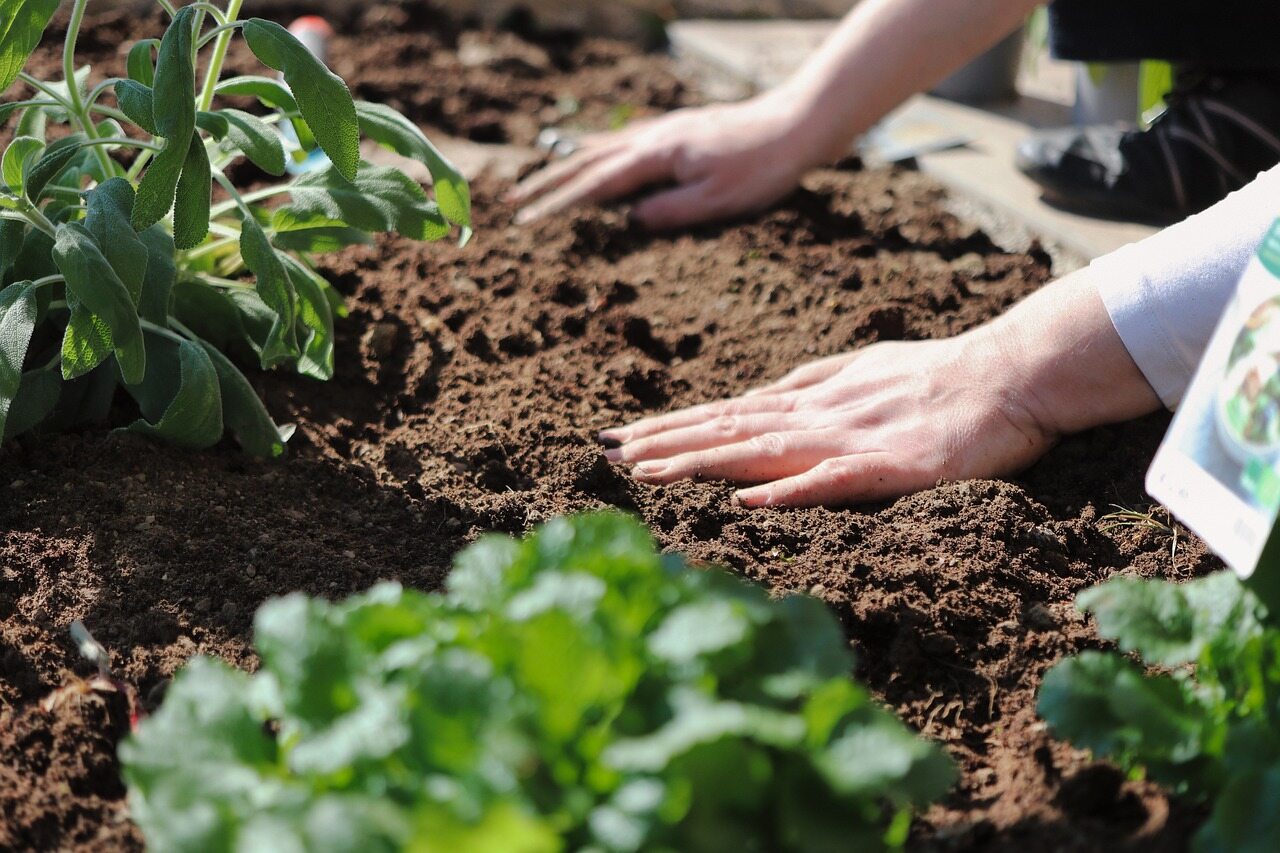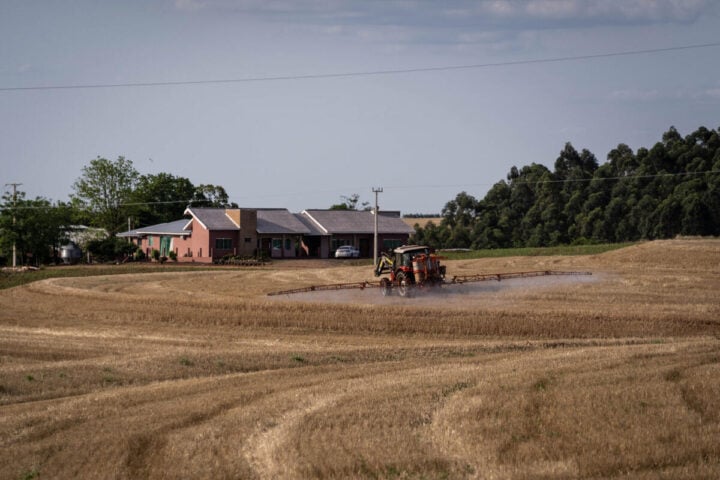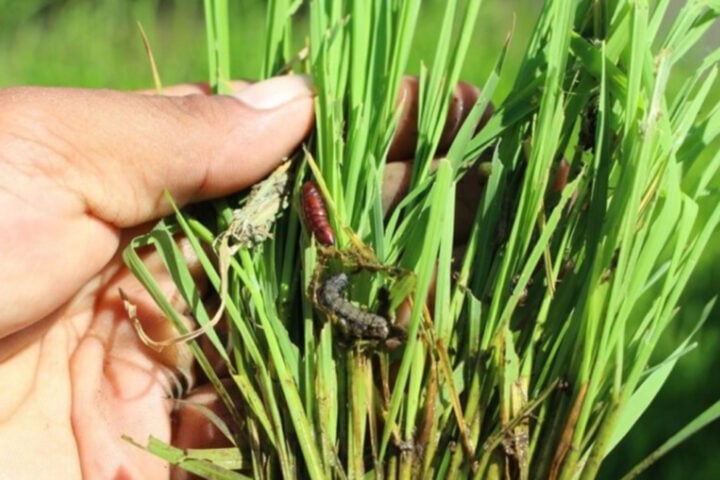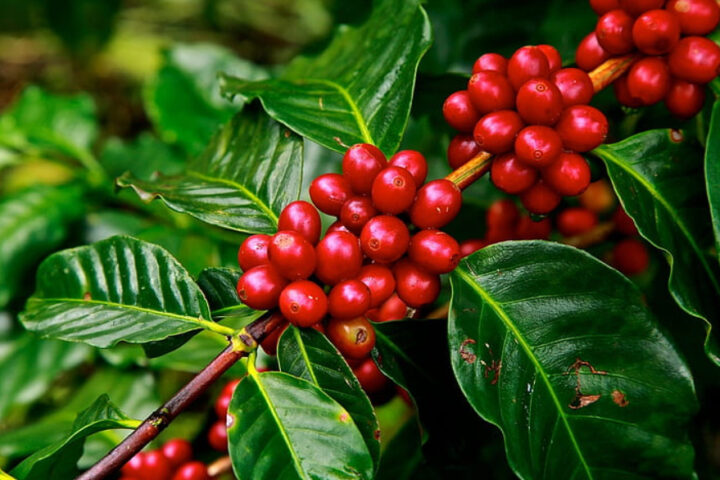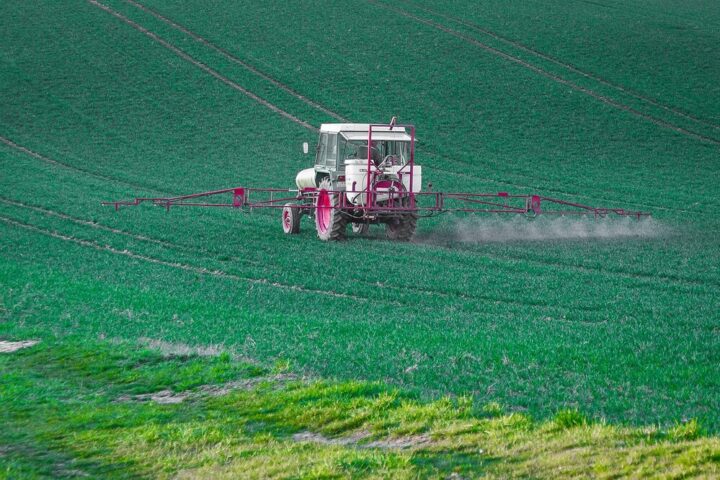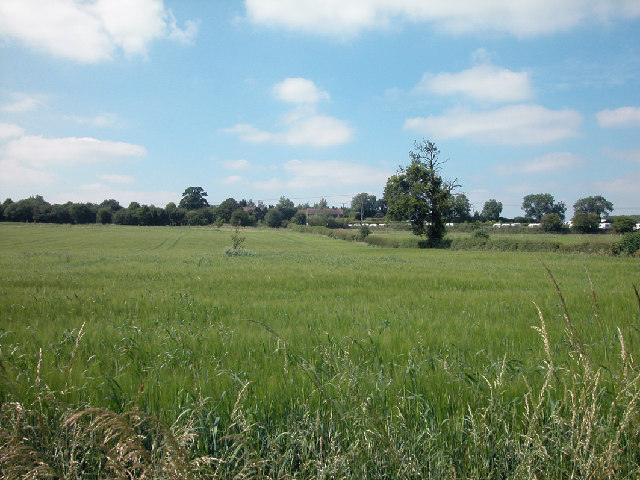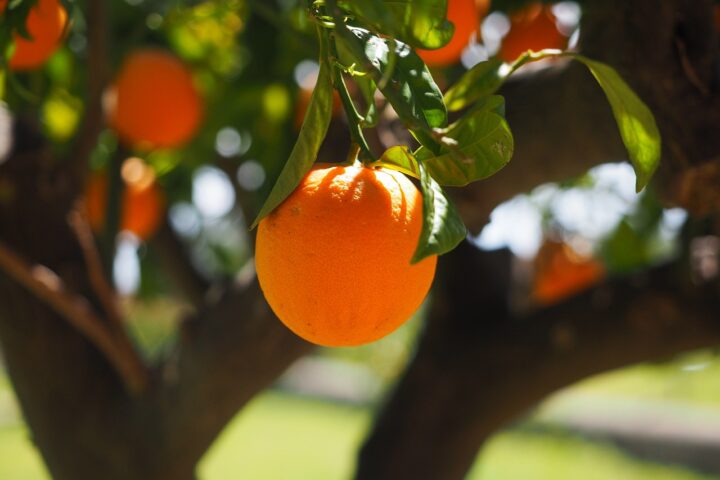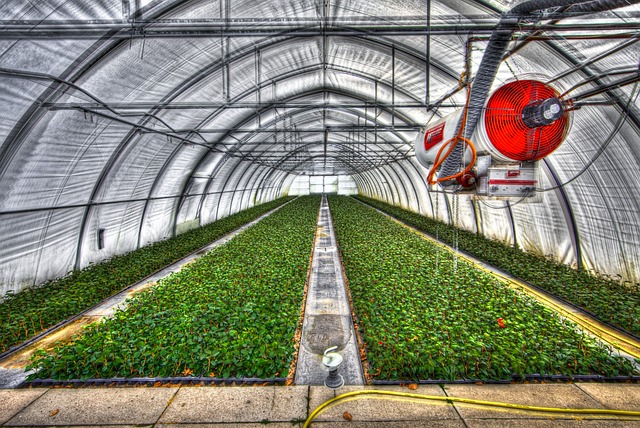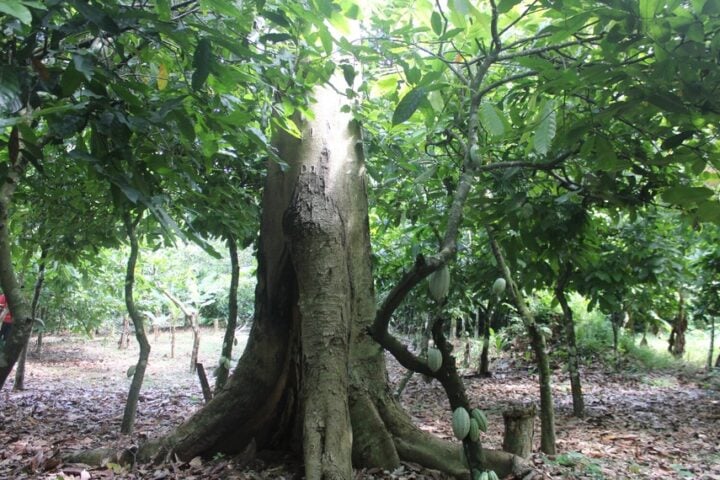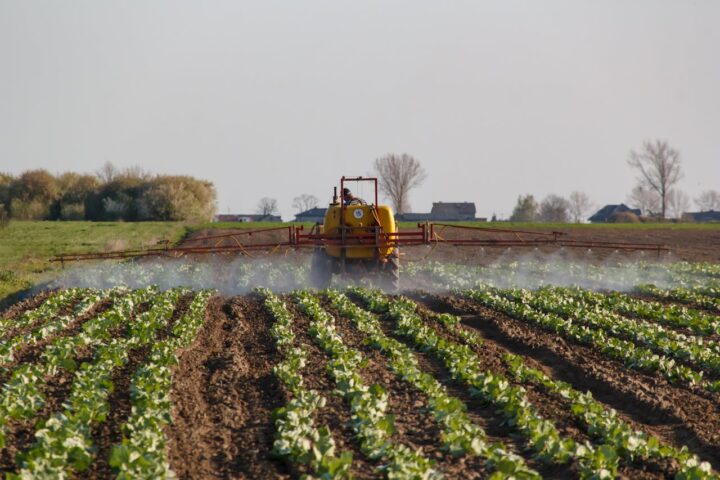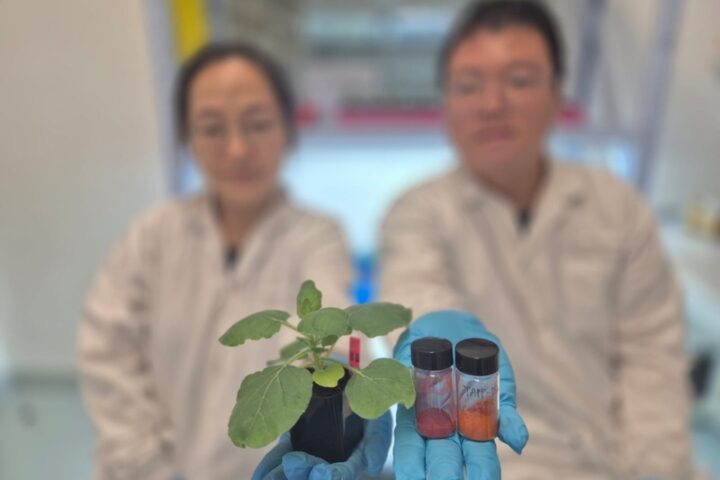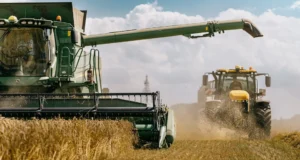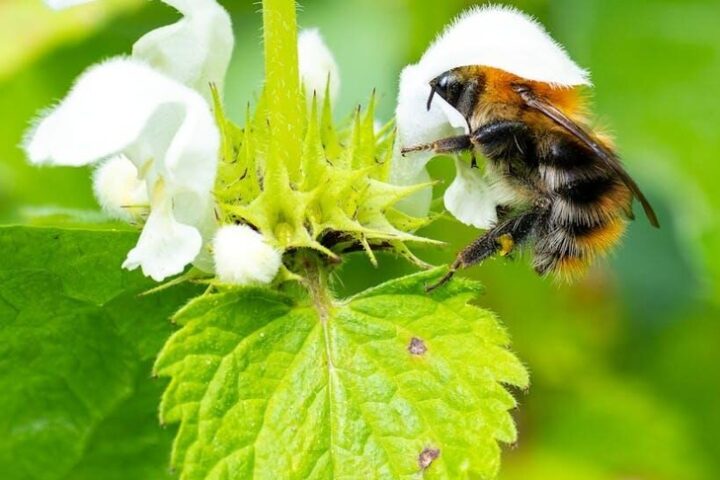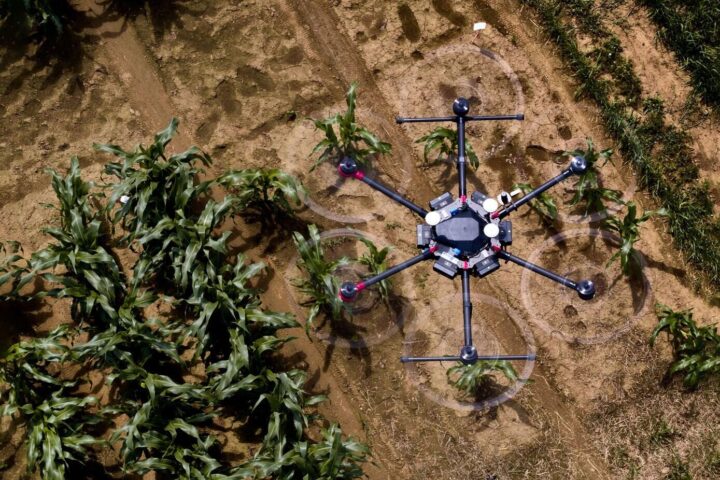Cornell Tech researchers have created a simple device that could help home gardeners test their soil safely and cheaply.
The problem is serious in many areas. In New York City, 45% of tested soil samples have lead levels above 400 parts per million. The EPA has revised its recommended screening level to 200 parts per million for residential soils. Many areas in northern Brooklyn have high levels of contamination.
“Most people don’t know about lead in soil,” says Rajalakshmi Nandakumar from Cornell Tech. “When you look up how to grow tomatoes, no one tells you to check for lead. They only talk about pH levels.”
Right now, testing soil for lead has challenges. Lab testing requires harsh chemicals and can be expensive. Portable testing devices are cost-prohibitive for many communities. The research team developed SoilScanner, a new device that uses radio waves – like the ones in your phone – to find lead in soil.
How does it work? You put soil in a container between two antennas. One antenna sends out radio waves, and the other catches them. A computer program then figures out how much lead is in the soil by checking how the waves changed.
The device works well. It correctly found lead 72% of the time in regular tests. For very dangerous levels of lead (over 500 parts per million), it was right every time.
More Stories
“There’s a real risk when gardening in city soils,” warns Yixuan Gao, who helped create SoilScanner. This is particularly relevant as interest in backyard gardening increased during COVID-19.
The research team is working to make the device even better. They want to make it smaller and cheaper using parts like those in smartphones. The project won an award at the International Conference on Embedded Wireless Systems and Networks.
While waiting for SoilScanner to become available, the research team’s goal is clear: make lead testing easy and cheap for everyone. This could help both families testing their garden soil and cities planning to clean up contaminated areas.
The device could help make soil testing more routine, as simple as checking if plants need water. This test could help protect people while they grow their own food.
